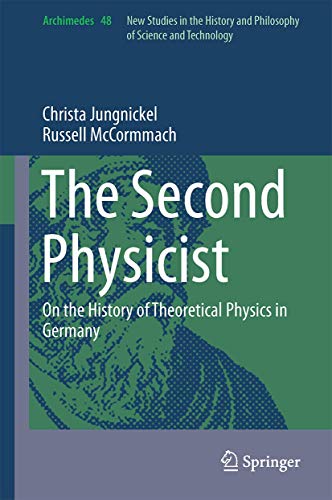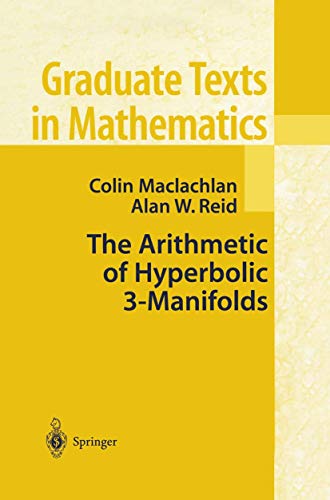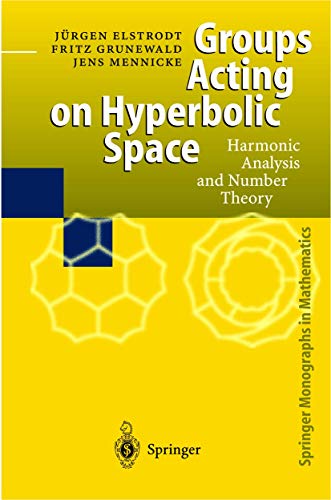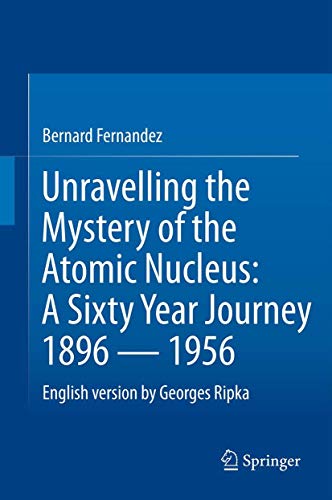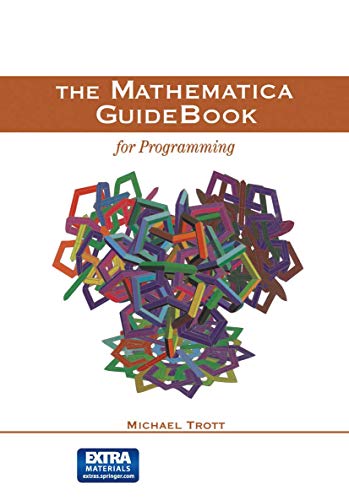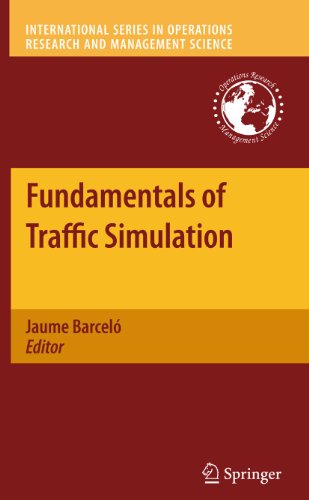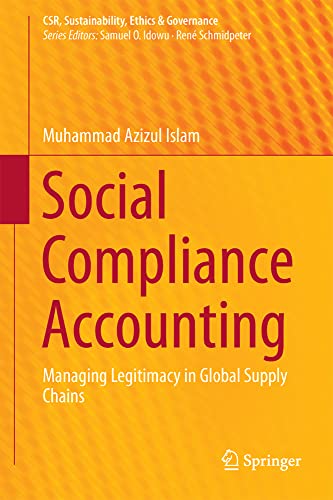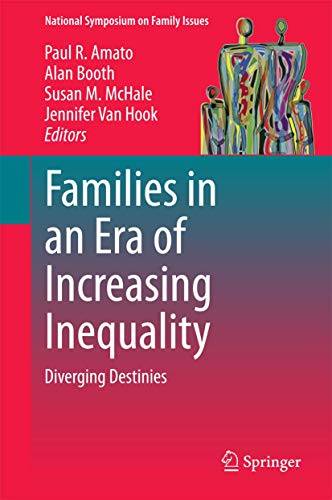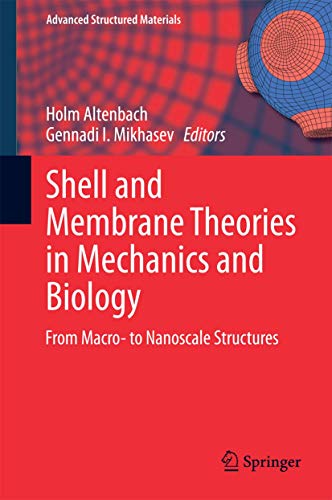- 著者
- Christa Jungnickel Russell McCormmach
- 出版者
- Springer
- 巻号頁・発行日
- 2017
- 著者
- Colin Maclachlan Alan W. Reid
- 出版者
- Springer
- 巻号頁・発行日
- 2003
- 著者
- J. Elstrodt F. Grunewald J. Mennicke
- 出版者
- Springer
- 巻号頁・発行日
- 1998
- 著者
- Sakamaki Tetsuya
- 出版者
- Springer
- 雑誌
- Primates (ISSN:16107365)
- 巻号頁・発行日
- vol.51, no.1, pp.87-90, 2010-01
- 被引用文献数
- 22
Four cases of coprophagy and two cases of fecal inspection were identified during the 1142 h of observing wild bonobos at Wamba in the Luo Scientific Reserve in the Democratic Republic of the Congo. At least 5 females in the study group practiced coprophagy and/or fecal inspection. According to our daily behavioral observations, boredom and stress, insufficient roughage, and the search for essential nutrients could not explain the coprophagy. Several episodes observed in this study indicated that bonobos might have sought and ingested certain valuable food items, such as hard Dialium seeds, in feces during relatively lean seasons. Although coprophagy occurred only rarely among wild bonobos, this practice appeared to represent a possibly adaptive feeding strategy during periods of food scarcity rather than a behavioral abnormality.
- 著者
- Bernard Fenandez English version by Georges Ripka
- 出版者
- Springer
- 巻号頁・発行日
- 2013
- 著者
- Michael Trott
- 出版者
- Springer
- 巻号頁・発行日
- 2004
- 著者
- Jaume Barceló editor
- 出版者
- Springer
- 巻号頁・発行日
- 2010
- 著者
- Muhammad Azizul Islam
- 出版者
- Springer
- 巻号頁・発行日
- 2015
- 著者
- Paul R. Amato ... [et al.] editors
- 出版者
- Springer
- 巻号頁・発行日
- 2015
- 著者
- Holm Altenbach Gennadi I. Mikhasev editors
- 出版者
- Springer
- 巻号頁・発行日
- 2015
- 著者
- Akira Arimoto ... [et al.] editors
- 出版者
- Springer
- 巻号頁・発行日
- 2015
1 0 0 0 OA Multiloop amplitudes of light-cone gauge bosonic string field theory in noncritical dimensions
- 著者
- Ishibashi Nobuyuki Murakami Koichi
- 出版者
- Springer
- 雑誌
- Journal of high energy physics (ISSN:10298479)
- 巻号頁・発行日
- vol.2013, no.9, pp.53, 2013-09
- 被引用文献数
- 9
We study the multiloop amplitudes of the light-cone gauge closed bosonic string field theory for d ≠ 26. We show that the amplitudes can be recast into a BRST invariant form by adding a nonstandard worldsheet theory for the longitudinal variables X ± andthereparametrizationghostsystem. Theresultsobtainedinthispaperforbosonic strings provide a first step towards the examination whether the dimensional regularization works for the multiloop amplitudes of the light-cone gauge superstring field theory.
1 0 0 0 OA Energy from the gauge invariant observables
- 著者
- Baba Takayuki Ishibashi Nobuyuki
- 出版者
- Springer
- 雑誌
- Journal of high energy physics (ISSN:10298479)
- 巻号頁・発行日
- vol.2013, no.4, pp.50, 2013-04
- 被引用文献数
- 15
For a classical solution
- 著者
- Hatsuda Yasuyuki Ito Katsushi Satoh Yuji
- 出版者
- Springer
- 雑誌
- Journal of high energy physics (ISSN:10298479)
- 巻号頁・発行日
- vol.2013, no.2, pp.67, 2013-02
- 被引用文献数
- 9 8
We study the null-polygonal minimal surfaces in AdS4, which correspond to the gluon scattering amplitudes/Wilson loops in N = 4 super Yang-Mills theory at strong coupling. The area of the minimal surfaces with n cusps is characterized by the thermodynamic Bethe ansatz (TBA) integral equations or the Y-system of the homogeneous sine-Gordon model, which is regarded as the SU(n − 4)4 /U(1) n−5 generalized parafermion theory perturbed by the weight-zero adjoint operators. Based on the relation to the TBA systems of the perturbed W minimal models, we solve the TBA equations by using the conformal perturbation theory, and obtain the analytic expansion of the remainder function around the UV/regular-polygonal limit for n = 6 and 7. We compare the rescaled remainder function for n = 6 with the two-loop one, to observe that they are close to each other similarly to the AdS3 case.
- 著者
- Liu Yaping Zhou Xun Fang Bin Zhou Haiyan Yamanaka Tsutomu
- 出版者
- Springer
- 雑誌
- Environmental earth sciences (ISSN:18666280)
- 巻号頁・発行日
- vol.66, no.7, pp.1887-1896, 2012-08
- 被引用文献数
- 18 6
The Jifei hot spring emerges in the form of a spring group in the Tibet–Yunnan geothermal zone, southwest of Yunnan Province, China. The temperatures of spring waters range from 35 to 81°C and are mainly of HCO3–Na·Ca type. The total discharge of the hot spring is about 10 L/s. The spring is characterized by its huge travertine terrace with an area of about 4,000 m2 and as many as 18 travertine cones of different sizes. The tallest travertine cone is as high as 7.1 m. The travertine formation and evolution can be divided into three periods: travertine terrace deposition period, travertine cone formation period and death period. The hydrochemical characteristics of the Jifei hot spring was analyzed and compared with a local non-travertine hot spring and six other famous travertine springs. The results indicate that the necessary hydrochemical conditions of travertine and travertine cones deposition in the Jifei area are (1) high concentration of HCO3 − and CO2; (2) about 52.9% deep source CO2 with significantly high PCO2 value; (3) very high milliequivalent percentage of HCO3 − (97.4%) with not very high milliequivalent percentage of Ca2+ (24.4%); and (4) a large saturation index of calcite and aragonite of the hot water.
- 著者
- Fukuda Naohiro Kinoshita Tamotu
- 出版者
- Springer
- 雑誌
- Japan journal of industrial and applied mathematics (ISSN:09167005)
- 巻号頁・発行日
- vol.29, no.1, pp.63-82, 2012-02
- 被引用文献数
- 3
In this paper, we introduce a new kind of wavelet which converges in L q to the Shannon wavelet as the order parameter n increases. In particular, we shall give a symmetric orthogonal scaling function whose time-bandwidth product is near 1/2 and describe some applications.
- 著者
- Shobhana L. Chelliah Willem J. De Reuse
- 出版者
- Springer
- 巻号頁・発行日
- 2011
1 0 0 0 OA Aerodynamic drag of modern soccer balls
- 著者
- Asai Takeshi Seo Kazuya
- 出版者
- Springer
- 雑誌
- SpringerPlus (ISSN:21931801)
- 巻号頁・発行日
- vol.2, no.1, pp.171, 2013-04
- 被引用文献数
- 28 2
Soccer balls such as the Adidas Roteiro that have been used in soccer tournaments thus far had 32 pentagonal and hexagonal panels. Recently, the Adidas Teamgeist II and Adidas Jabulani, respectively having 14 and 8 panels, have been used at tournaments; the aerodynamic characteristics of these balls have not yet been verified. Now, the Adidas Tango 12, having 32 panels, has been developed for use at tournaments; therefore, it is necessary to understand its aerodynamic characteristics. Through a wind tunnel test and ball trajectory simulations, this study shows that the aerodynamic resistance of the new 32-panel soccer ball is larger in the high-speed region and lower in the middle-speed region than that of the previous 14- and 8-panel balls. The critical Reynolds number of the Roteiro, Teamgeist II, Jabulani, and Tango 12 was ~2.2 × 105 (drag coefficient, Cd ≈ 0.12), ~2.8 × 105 (Cd ≈ 0.13), ~3.3 × 105 (Cd ≈ 0.13), and ~2.4 × 105 (Cd ≈ 0.15), respectively. The flight trajectory simulation suggested that the Tango 12, one of the newest soccer balls, has less air resistance in the medium-speed region than the Jabulani and can thus easily acquire large initial velocity in this region. It is considered that the critical Reynolds number of a soccer ball, as considered within the scope of this experiment, depends on the extended total distance of the panel bonds rather than the small designs on the panel surfaces.
- 著者
- edited by Wayne Sailor ...
- 出版者
- Springer
- 巻号頁・発行日
- 2009
- 著者
- edited by Wayne Sailor ...
- 出版者
- Springer
- 巻号頁・発行日
- 2011
